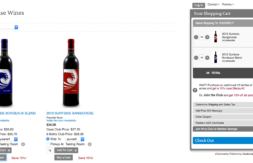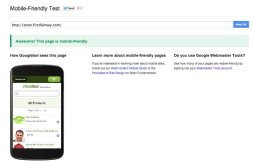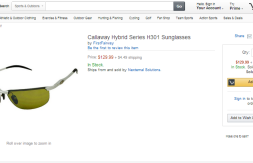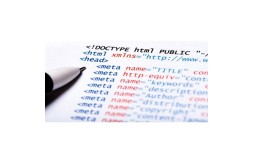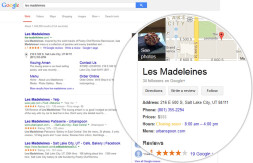Check Your Site on Multiple Browsers and Platforms
Have you ever been on a website only to ask yourself, “I wonder if the owner of this site has ever visited the site himself?” Obviously this is a question you don’t want your prospective customers asking. In the “old days” of the web, people primarily used two internet browsers, Netscape and Internet Explorer. Many web developers wished that everyone used the same browser, since they often rendered pages differently.
As time has passed, the number of internet browsers used has actually increased. The use of Mozilla’s Firefox has grown rapidly over the last couple of years. As Apple continues to gain significant market share with their operating system the numbers of Safari users is also on the rise. Data from the www.nexternal.com website over the past 30 days showed the following usage:
| Browser/Operating System | Usage |
| Internet Explorer/Windows | 63.1% |
| Firefox/Windows | 23.8% |
| Safari/Mac | 5.1% |
| Firefox/Mac | 4.4% |
| Opera/Windows | 1.6% |
After looking at this data, it should be clear that aside from viewing your site in Internet Explorer on a Windows machine, it is also important to view your site in Firefox and Safari. Better yet, if you have access to different versions of browsers, check your site on those as well. Although Internet Explorer on Windows is used by the majority of web surfers, usage based on version is still quite fragmented with 64.1% on version 7.0 (IE7) and 36.6% on version 6.0 (IE6). Some code (both proper and improper) may render slightly different in each operating system/browser combination. With some combinations, your site may look unprofessional, causing your customers to lose confidence.
As an online merchant, it’s important to check all pages and not just assume that if your homepage looks okay, the rest of the site will as well. If you purchase products online often, you have no doubt come across the pop-up message, “This page contains secure and non-secure items. Do you wish to display the non-secure items,” upon checking out. Usually such a message means the page is referencing an image or tracking code insecurely while the rest of the page uses the https protocol. Although this message may not bother everyone, to many people this is a red flag and will result in them leaving the site.
Assuming that every customer uses the same operating system and browser as you is unwise. Merchants serious about online sales will often find it time well spent to check their web presence on different platforms with different browsers. Online stores that don’t work well for even 4% of the population are missing sales opportunities. For larger online retailer this can be a significant amount of business lost.



